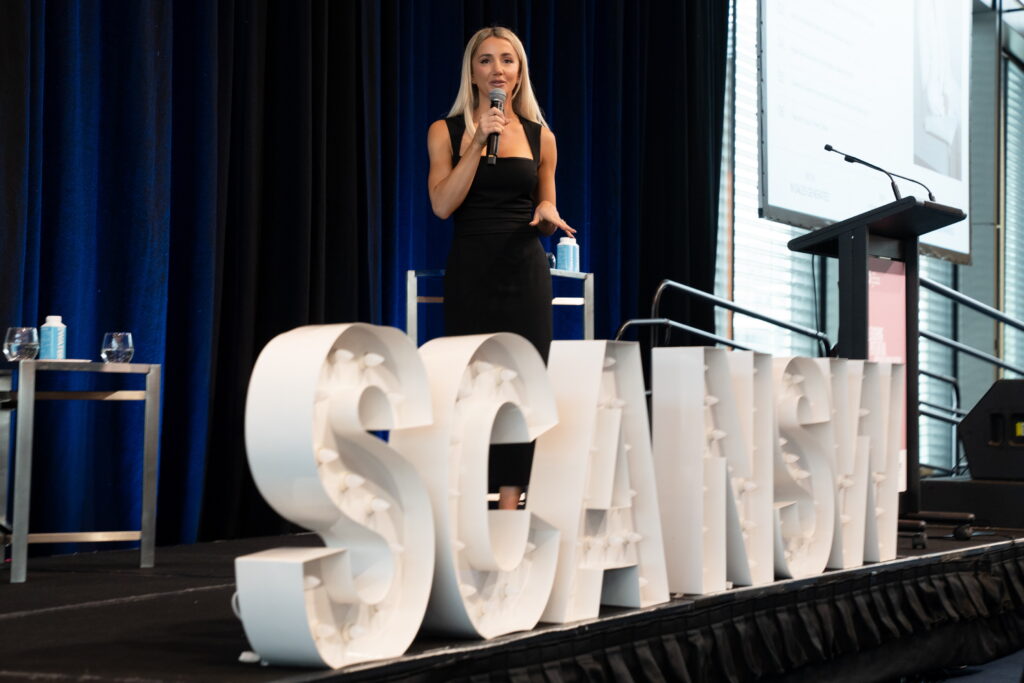
Day 2 of the SCA (NSW) Convention ended with an inspiring session by Olivia Jenkins, a multi-award-winning Business & Marketing Consultant known for her expertise in transforming brands into industry leaders.
Since mid-2019, her firm has helped clients generate over $65 million in sales, making them stand out in their respective fields. Whether you are new to leadership or looking to redefine your leadership identity, Olivia’s session offered invaluable insights and practical tools for aspiring leaders. Here are the key takeaways from her discussion.
The Five Levels of Leadership
Olivia began her session by introducing John Maxwell’s concept of the Five Levels of Leadership, which outlines a progressive framework for developing effective leadership skills

Position – This is the most basic level of leadership. Here, a leader holds a position of authority, but their influence is limited to their title. For example, a manager may have control over their team simply because they are the boss, but they may not inspire loyalty or respect.
Permission—At this level, leaders gain influence by building relationships. They earn trust and respect from their team, creating an environment where collaboration thrives. For instance, a supervisor who actively listens to team members’ ideas creates a positive atmosphere where employees feel valued.
Production – Leaders at this level are results-driven. They demonstrate the ability to achieve goals and inspire their teams to do the same. An effective team leader who consistently meets targets while motivating their team exemplifies this level.
People Development: This level focuses on mentoring and developing others. Great leaders take the time to nurture their team’s talents and help them grow. For example, a manager who offers training sessions or opportunities for professional development is investing in their team’s future.
Pinnacle – The highest level of leadership is characterised by the ability to create a legacy. Leaders at this stage are respected not just for their accomplishments but also for their ability to develop future leaders. An example would be a CEO who has built a strong succession plan, ensuring that the company will thrive long after they’ve moved on.

Visionaries vs. Integrators
Next, Olivia distinguished between visionaries and integrators—two crucial types of leaders in any organisation:
Visionaries are the big-picture thinkers. They dream big and inspire others with their innovative ideas and goals. For example, a startup founder who envisions a groundbreaking product and passionately shares that vision can rally a team around a common purpose.
Integrators, on the other hand, are the detail-oriented leaders who bring those visions to life. They excel at organising resources, coordinating efforts, and executing plans. An integrator might be a project manager who ensures that every step of a project is on track, aligning the team’s efforts with the overall vision.
Olivia emphasised that both roles are essential for a business’s success. A visionary can dream up exciting possibilities, but without an integrator, those ideas may never materialise. Influential leaders need to balance both qualities, creating collaboration between visionaries and integrators to drive their organisations forward.
Great Leaders Don’t Create Followers; They Create More Leaders
At the end of the session, Olivia’s most powerful message was the idea that great leaders focus on developing other leaders. Instead of seeking followers, they aim to inspire and empower their team members to take on leadership roles themselves.



